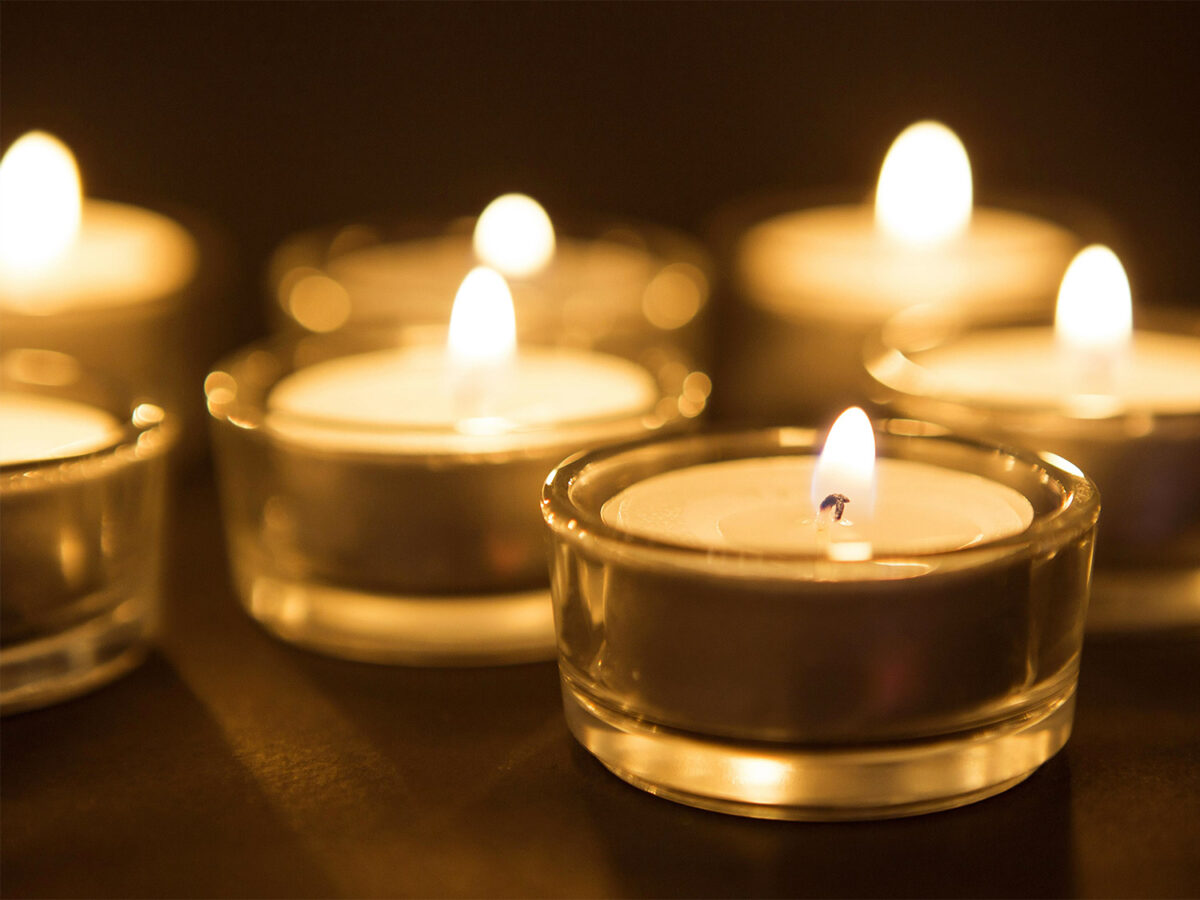Last week, I wrote to you suggesting we might be nearing the conclusion of the pandemic, as indicated by the decline in excess deaths in the U.S. This pivotal juncture, I hope, will serve to decrease our shared anxieties and steer our society towards a brighter, more optimistic future. Consider for a moment, what stands as the opposite of fear for you? Perhaps it’s peace, love, joy, confidence, empowerment, courage, trust or happiness. Regardless of your response, it’s vital to develop strategies that encourage this transformation.
Fear is our way of protecting ourselves and alerting us to potential danger. We can’t live without it. Fear originates from an ancient region of our brain, the amygdala, and prescribes simplistic reactions driven by our sympathetic nervous system: fight, flight or freeze. During the pandemic, many of us defaulted to a state of “freeze.” As we gradually recover from this shared trauma, the question arises: how can we transition away from fear-dominated living? Fortunately, there are many techniques you can employ.
When fear surfaces, recognize its presence and examine its intent. In fact, welcome it in. It is indeed your friend and showing up to help you. Ask yourself the question, “What imminent danger exists and how can I protect myself and my loved ones?” Danger can stem from perceived physical threats, like COVID-19, gun violence, hurricanes, earthquakes, driving, flying and so on. It can also arise from emotional threats such as fear of loss, rejection or humiliation.
Once we acknowledge our fears, we can decide the appropriate response. Since the primitive reactions—fight, flight or freeze— are seldom the solution in our complex world, we must engage the opposite part of our nervous system, the parasympathetic nervous system. This part of our nervous system will quiet the amygdala and enables us to employ our frontal lobe best suited for problem solving. Derived from the Latin “para,” meaning “around,” the parasympathetic nervous system envelops our sympathetic nervous system, and helps us regain a sense of calm and well-being.
A critical step towards overcoming excessive fear is to recognize its existence. Acceptance paves the way for change. Keeping a fear journal, documenting our fears and triggers, can prove instrumental in mapping our emotional territory, allowing us to detect patterns and confront our fears proactively.
Building self-confidence can also be helpful in combatting excess fear. By persistently affirming our abilities and potential, we can elevate our self-esteem and reduce fear. By repeating phrases to ourselves such as “I am enough,” “I can handle this situation,” “I am resilient,” “I am valuable” and “I love myself unconditionally,” we can build confidence. These sentiments can help dispel self-doubt and fear by planting these positive messages in our subconscious. Some people
like to put these messages on Post-it notes on their refrigerator, bathroom mirror or other places they may check throughout the day. Change requires frequent repetition.
Mindfulness and meditation are powerful practices for mitigating excess fear by enhancing our awareness of thoughts and feelings and allowing us to discern rational from irrational fears. By anchoring ourselves in the present, we can detach from past regrets and future uncertainties that foster fear, and work to cultivate tranquility in the now. Eckhart Tolle in his best-selling book “The Power of Now” urges us to ask ourselves “Am I safe right now? Are my loved ones safe right now?” If both answers are yes, you can then practice coming into the safety of the present moment to cultivate peace and tranquility.
We can use our breath as an anchor to the present moment. Simply follow your breath in and out as a form of meditation. By taking slow, deep breaths, elongating each exhale, you can decelerate your heart rate and quiet your mind. You can repeat out loud or in your head, “I am breathing in. I am breathing out.” You can observe other thoughts come and learn to let them go as you refocus on your breath and the present moment. A body scan is a similar form of
meditation where you lie or sit quietly and shift your attention to each body part as you practice letting your automatic thoughts go.
Being able to see past mistakes as a learning opportunity rather than failures also helps us transcend fear. When we can maintain a positive sense of self even in times of challenge, we can see life’s obstacles in a new light. If we detach our self-esteem from the outcome, we can forge ahead with confidence and reduced fear.
Lastly, fostering a supportive network is quite valuable in overcoming fear. Discussing our fears can diminish their control over us, serving as a reminder that we are not alone in our battles. A mentor, support group, or professional assistance can offer valuable perspectives and strategies for
effective fear management. There is an abundance of self-help books, apps, and videos designed to help combat excessive fear. If these resources fall short, don’t hesitate to seek help from a medical professional as there are many forms of therapy including medication that can reduce excessive fear safely and effectively.
Remember fear is a bit like the Goldilocks effect. Both too much and too little can be deleterious to our health. Getting it “just right” is a daily challenge for most of us and feels so good when we achieve it.
“I learned that courage was not the absence of fear, but the triumph over it. The brave man is not he who does not feel afraid, but he who conquers that fear.” – Nelson Mandela
Beverly Hills Courier columnist Dr. Eva Ritvo is a psychiatrist with more than 30 years’ experience practicing in Miami Beach. She is the author of “Bekindr-The Transformative Power of Kindness” and the founder of the Bekindr Global Initiative, a movement to bring more kindness in the world. She is the co-author of “The Beauty Prescription” and “The Concise Guide to Marriage and Family Therapy.” She is also the co-founder of the Bold Beauty Project, a nonprofit that pairs women with disabilities with award-winning photographers creating art exhibitions to raise awareness. Dr. Ritvo received her undergraduate and medical degrees from UCLA, and psychiatry residency training at Weill Cornell Medicine.







